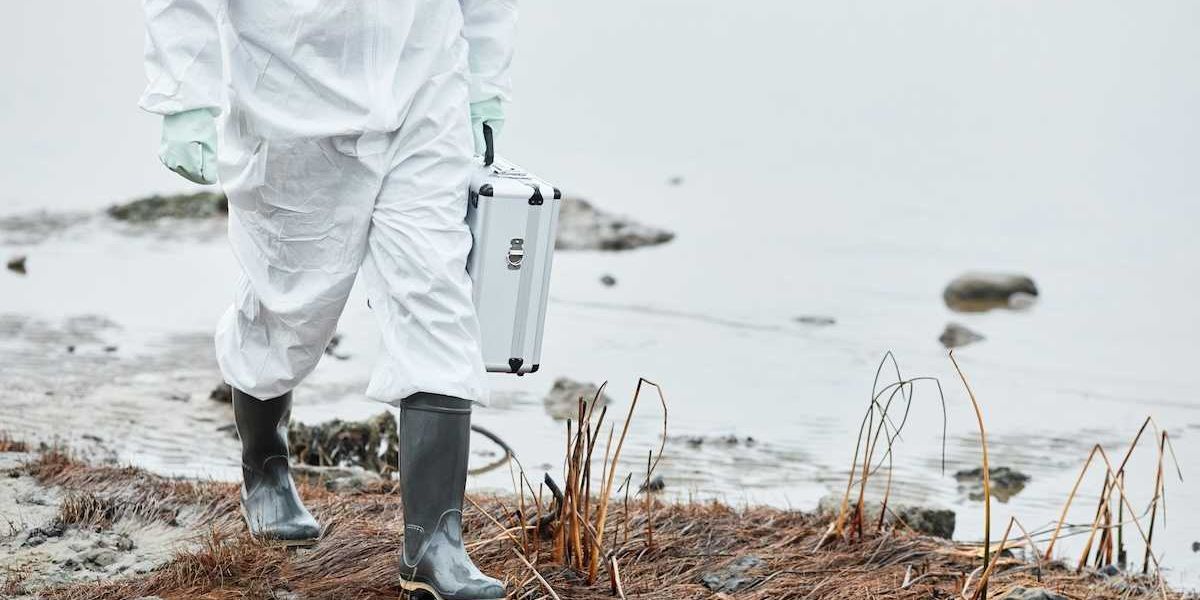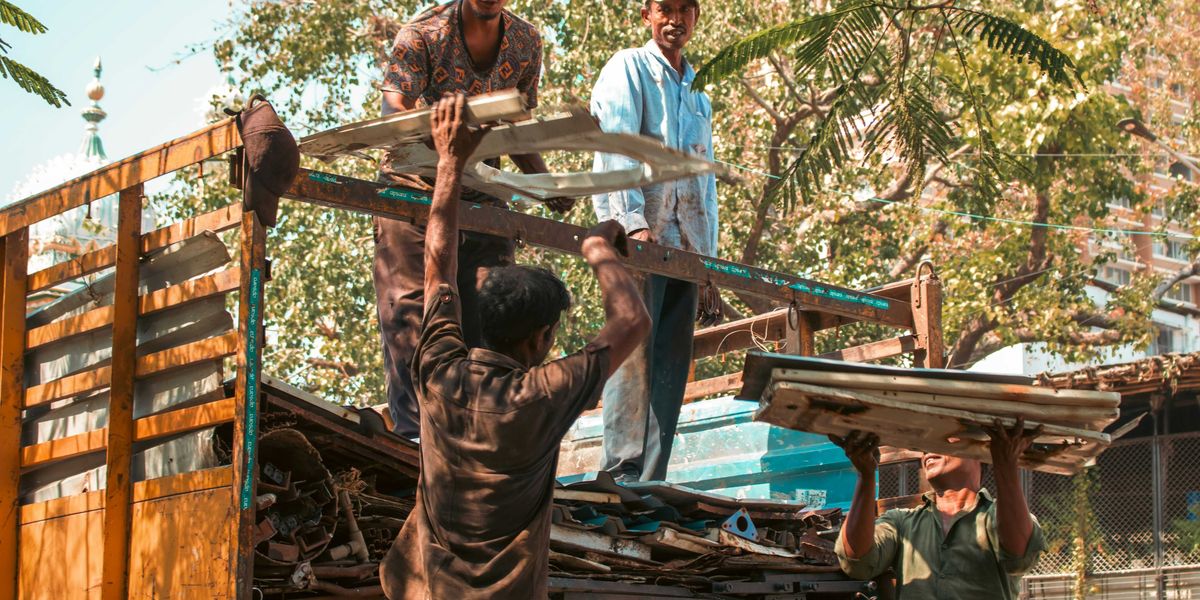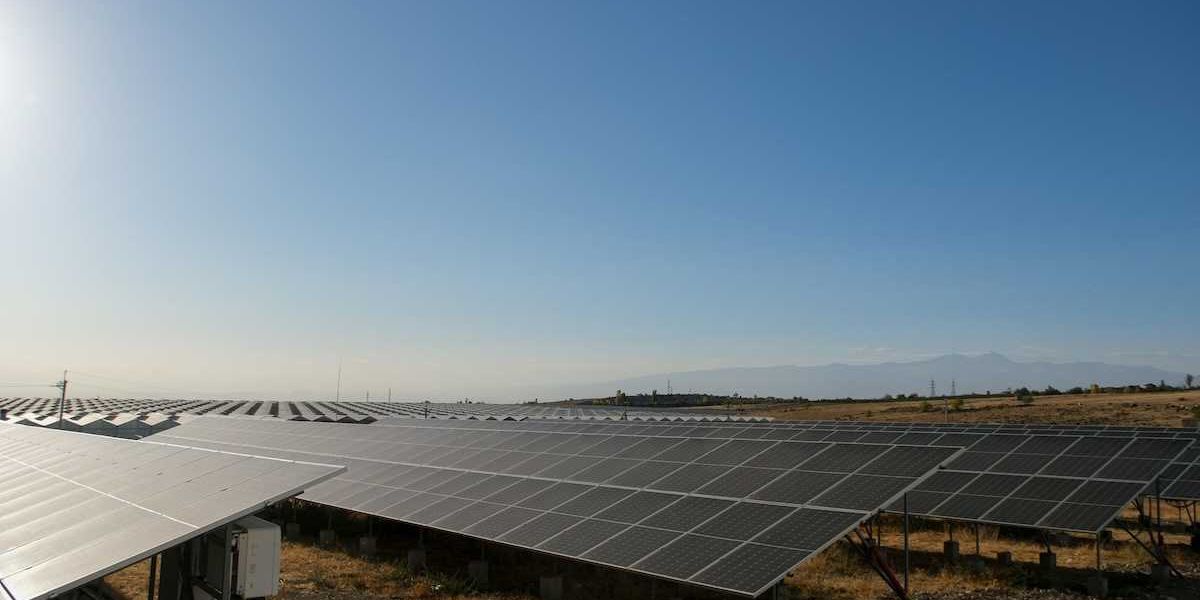Recycling breakthrough turns old wind turbine blades into usable plastic
Researchers in Washington have developed a new method to recycle aging wind turbine blades, transforming the waste into usable plastic and addressing a growing landfill challenge.
Courtney Flatt reports for Northwest Public Broadcasting.
In short:
- Engineers at Washington State University created a recycling process that breaks down wind turbine blades using zinc acetate and pressurized hot water, yielding materials that can be used in new plastics.
- The method tackles the challenge of recycling glass fiber-reinforced polymer (GFRP), a tough, heat-resistant material that doesn’t melt like other plastics.
- With thousands of blades already decommissioned in the U.S. and projections of 100,000 tons of blade waste per year in Europe, researchers see urgent need and potential for scaling up the solution.
Key quote:
“As wind energy grows, recycling and reusing wind turbine waste is becoming increasingly urgent.”
— Jinwen Zhang, a Washington State University professor and co-author of the paper
Why this matters:
As the wind energy sector matures, tens of thousands of turbine blades are nearing the end of their operational lives. These blades, typically made of glass fiber-reinforced polymers, are difficult to dispose of or reuse because they don’t melt down like conventional plastics. Most end up in landfills, adding to a growing waste burden. The scale of the problem is only set to rise: The Department of Energy predicts a substantial increase in blade waste by mid-century, with materials that could sit in dumps indefinitely. The new process offers a way to intercept that waste stream and recover valuable resources, potentially reducing landfill overflow and pollution associated with composite materials.
Learn more: Wind turbine blades could soon be recyclable













